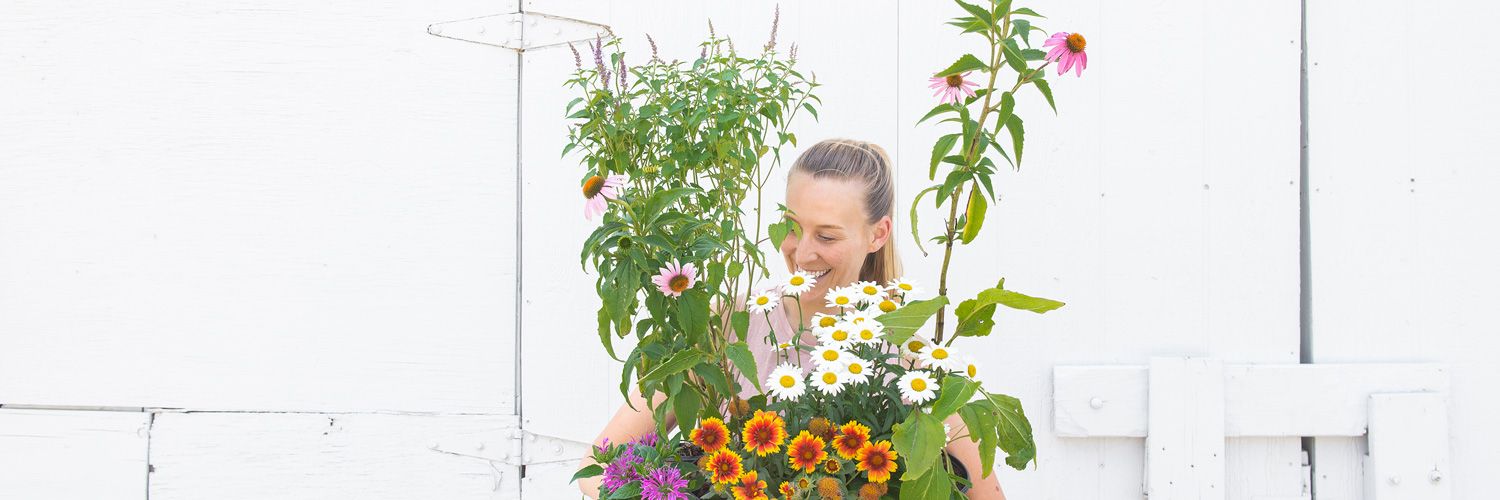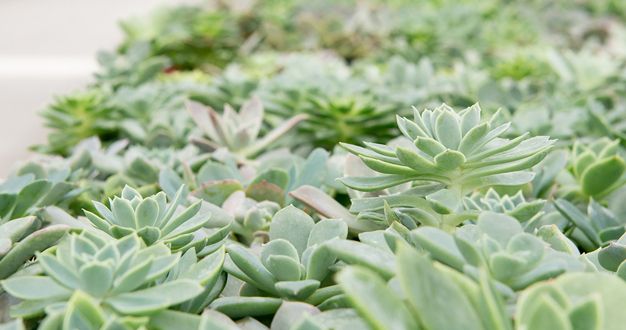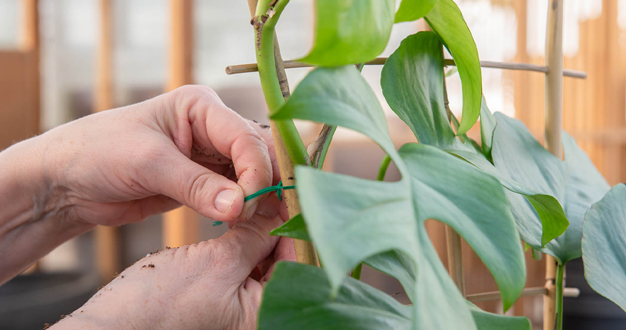
Your blooming landscape is an oasis of color and fragrance for you, but it can also be a welcome resource for a host of local insects, birds, and other wildlife too. Pollinating insects are crucial partners in a healthy ecosystem – not to mention vital to the production of a large portion of the plants we look to for food. But habitat loss is contributing to an alarming decline in pollinator populations.
Fortunately, with the right plants in place, your landscape can help to reverse the trend. Here we share a few perennials that provide the vital resources our pollinators look for to thrive in a challenging environment – and bring color and beauty for you to enjoy too.
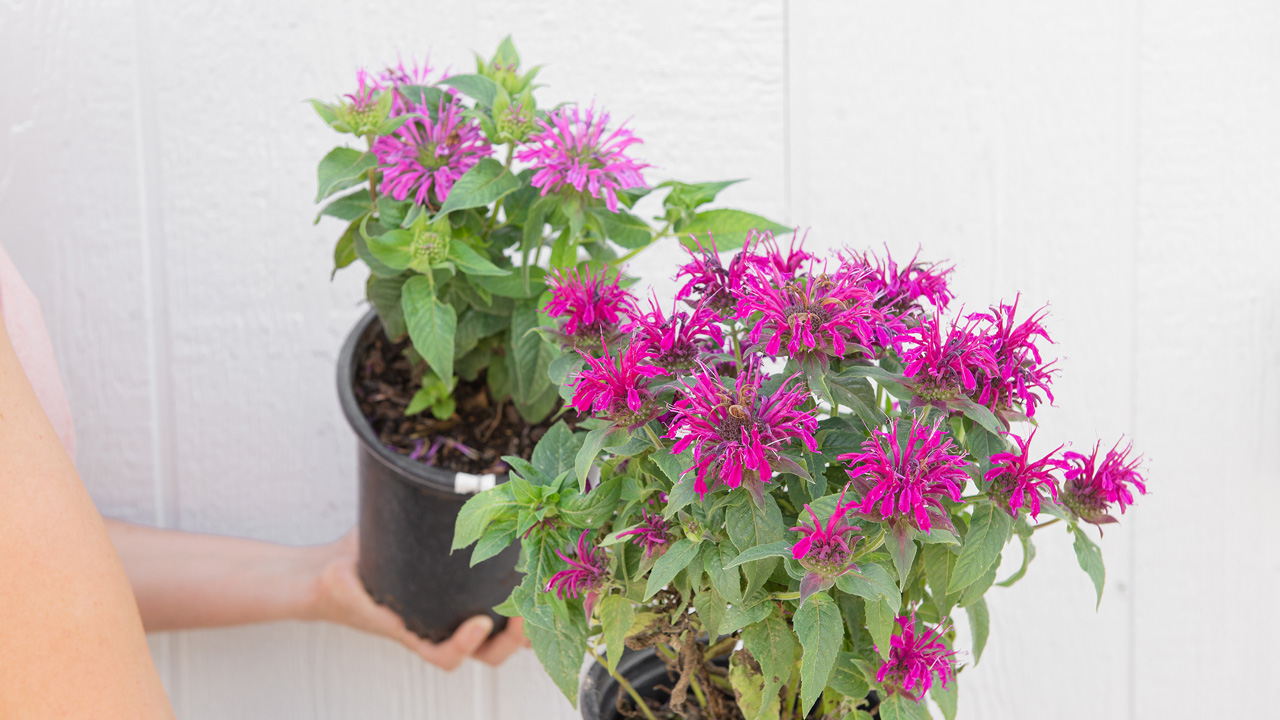
Bee Balm – Monarda sp.
Hummingbirds, moths, and all kinds of bees are drawn to bee balm in search of its abundant nectar and pollen. In fact, according to the Xerces Society, the small black sweat bee Dufourea monardae is a Midwest specialist of this long-blooming native perennial with its pink and purple blooms arranged in a festive crown-like inflorescence.
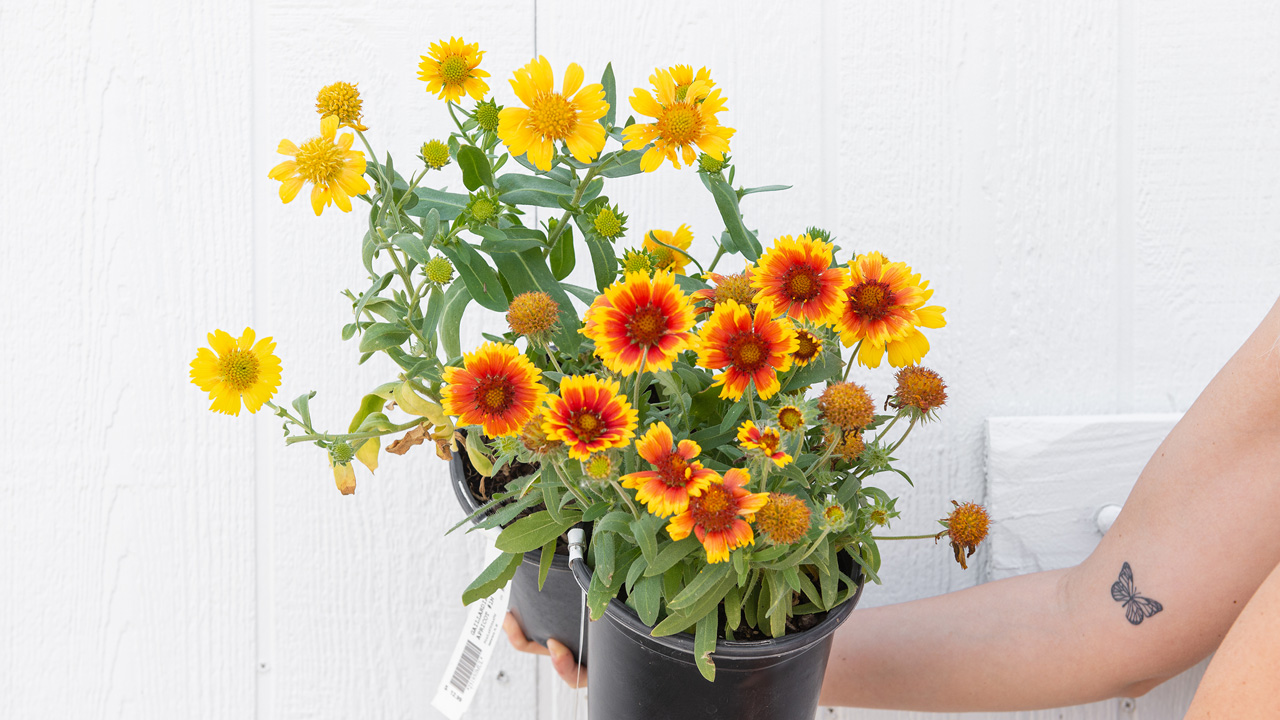
Blanket flower – Gaillardia sp.
Bees love gaillardia. Honeybees, bumble bees, tiny little native bees – they’re all after that abundant, season-long buffet of nectar and pollen. You’ll see a few butterflies and moths visiting the daisy-like blooms too. And those petals in fiery shades of orange, red, and yellow add a bold pop of color to your landscape.
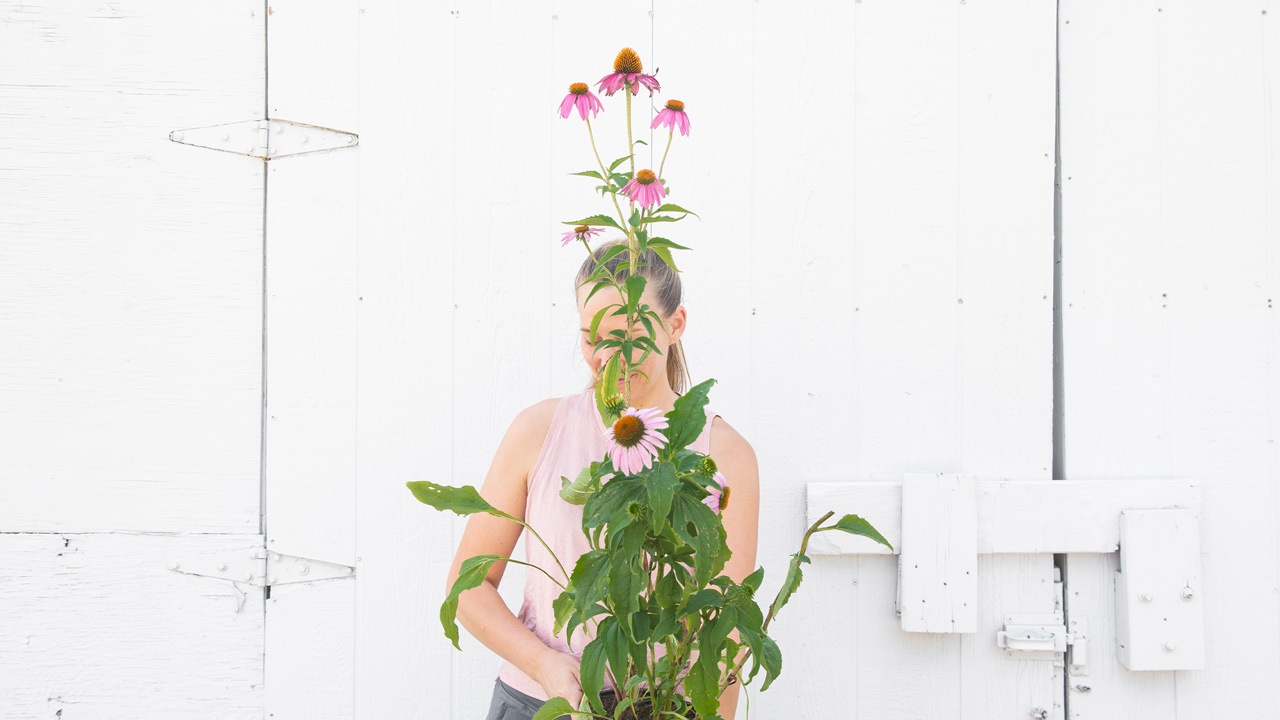
Purple Coneflower – Echinacea purpurea
Coneflower appeals to a variety of bees, butterflies, and other insects who enjoy its ready supply of nectar and pollen in mid-summer. The large central cone is actually a dense group of tiny petal-less flowers called disc flowers that are the perfect depth for tiny insect tongues to navigate. If supporting pollinators is your goal, just be sure to avoid the double-bloom cultivars that are packed full of petals – they look beautiful, but unfortunately offer no value to pollinators.
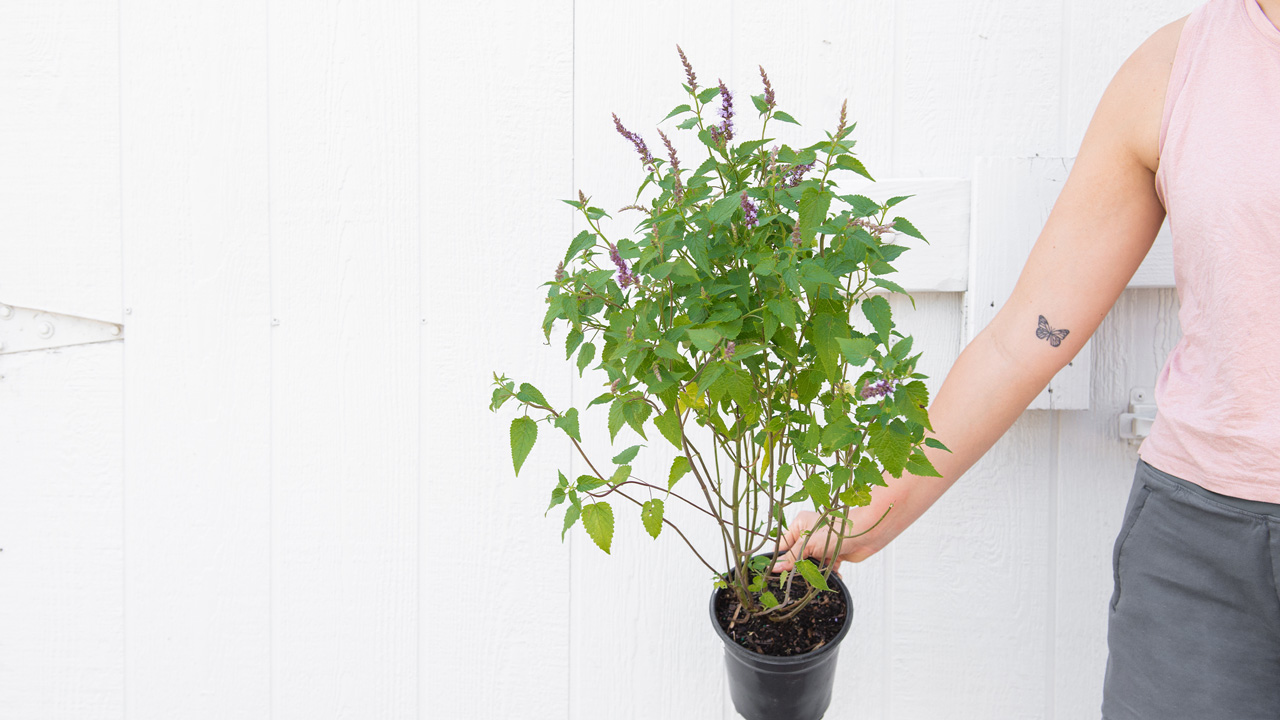
Hyssop – Agastache sp.
Agastache – often called hyssop – produces abundant upright spikes of little purple blooms that attract all kinds of bumble bees, butterflies, and moths. Long lasting and full of nutritious nectar, agastache is a valuable, season-long energy source for adult pollinators as they visit your landscape.
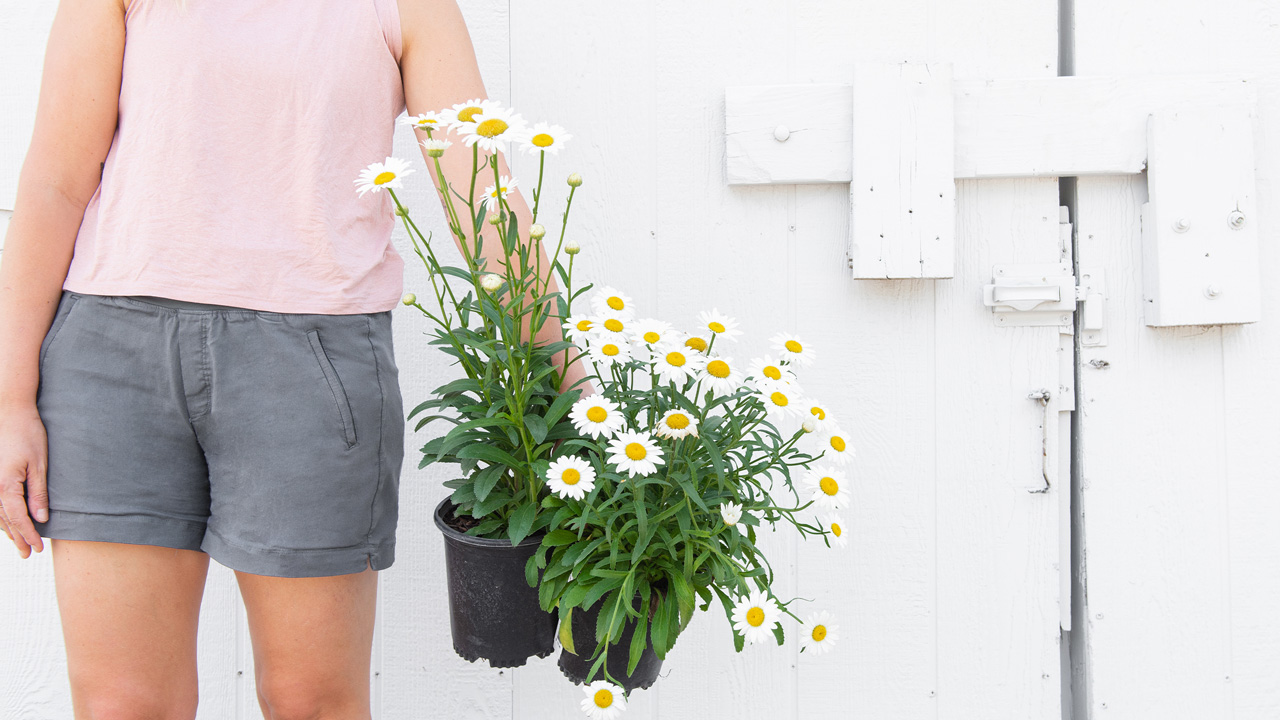
Shasta Daisy – Leucanthemum × superbum
Although not native to the Midwest, Shasta daisy is still a popular source of pollen and nectar to our local pollinators. Regular visitors include a variety of butterflies, beetles, and native bees. And if you leave them standing in the fall, Shasta also plays host to overwintering bees who find shelter in their hollow stems.
Enjoy Your Space Together
It’s so rewarding to see the landscape you enjoy also become a welcome oasis for our community of active, buzzing pollinators too. Come wander through the Nursery Yard – we’re always here to help you create a welcoming outdoor space for both people and pollinators.

